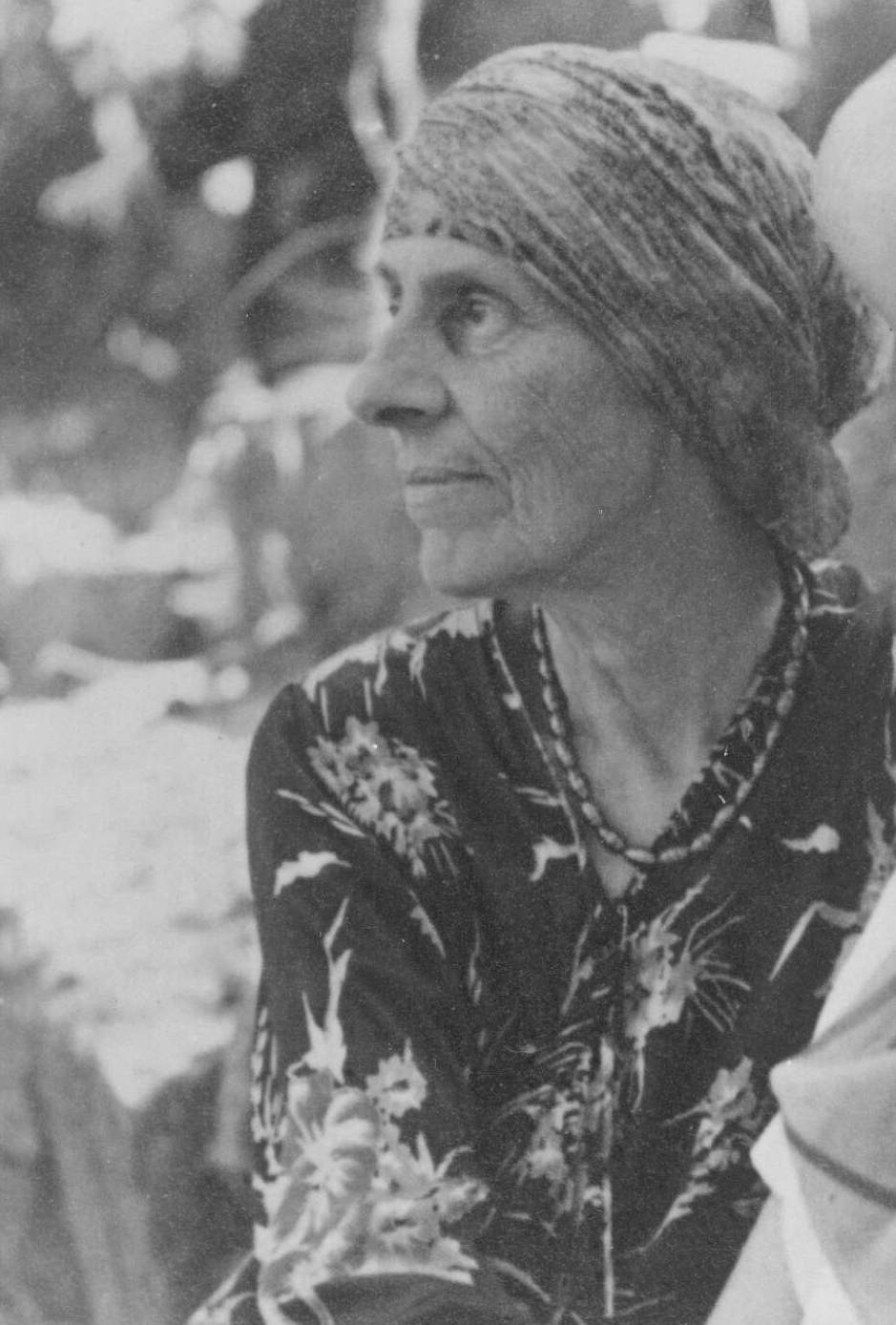Griffin, Marion Mahony (1871-1961), became the first licensed woman architect in the United States. During the early 1900’s, Griffin worked in the office of the American architect Frank Lloyd Wright. She made important contributions to the Prairie style of architecture, which Wright pioneered. Many of Griffin’s drawings and water colors of architectural projects are now prized as works of art. 
Marion Lucy Mahony was born on Feb. 14, 1871, in Chicago. She studied architecture at the Massachusetts Institute of Technology. In 1894, she became the second woman to graduate from the school. She returned to Chicago and in 1895 joined Wright’s office. Mahony designed furniture, glass, and decorative panels. She also made presentation drawings for clients and for publication. Her drawings, many influenced by traditional Japanese printing, helped shape Wright’s design style for the next 10 years.
In 1909, Wright left for Europe, turning his practice over to a Chicago colleague, Hermann Von Holst. Mahony was hired as chief designer. She completed several projects under construction and designed houses in Decatur, Illinois, and Grand Rapids, Michigan. Her designs reflected Wright’s Prairie style forms, enhanced with her own distinctive ornamental designs.
Mahony met architect Walter Burley Griffin around 1901, while both were working in Wright’s office. The two married in 1911. In 1912, Walter won an international competition to design the new Australian capital city of Canberra. The couple moved to Australia in 1914 and lived there until the mid-1930’s. By the 1930’s, Marion was largely retired as an architect. She continued as an artist, however, producing silk prints of Australian trees.
In 1935, Walter designed the library for the University of Lucknow in India. Marion managed her husband’s office in India and continued to create architectural drawings. Walter died in 1937. Marion returned to the United States in 1938 and lived largely in retirement. She died on Aug. 10, 1961.
